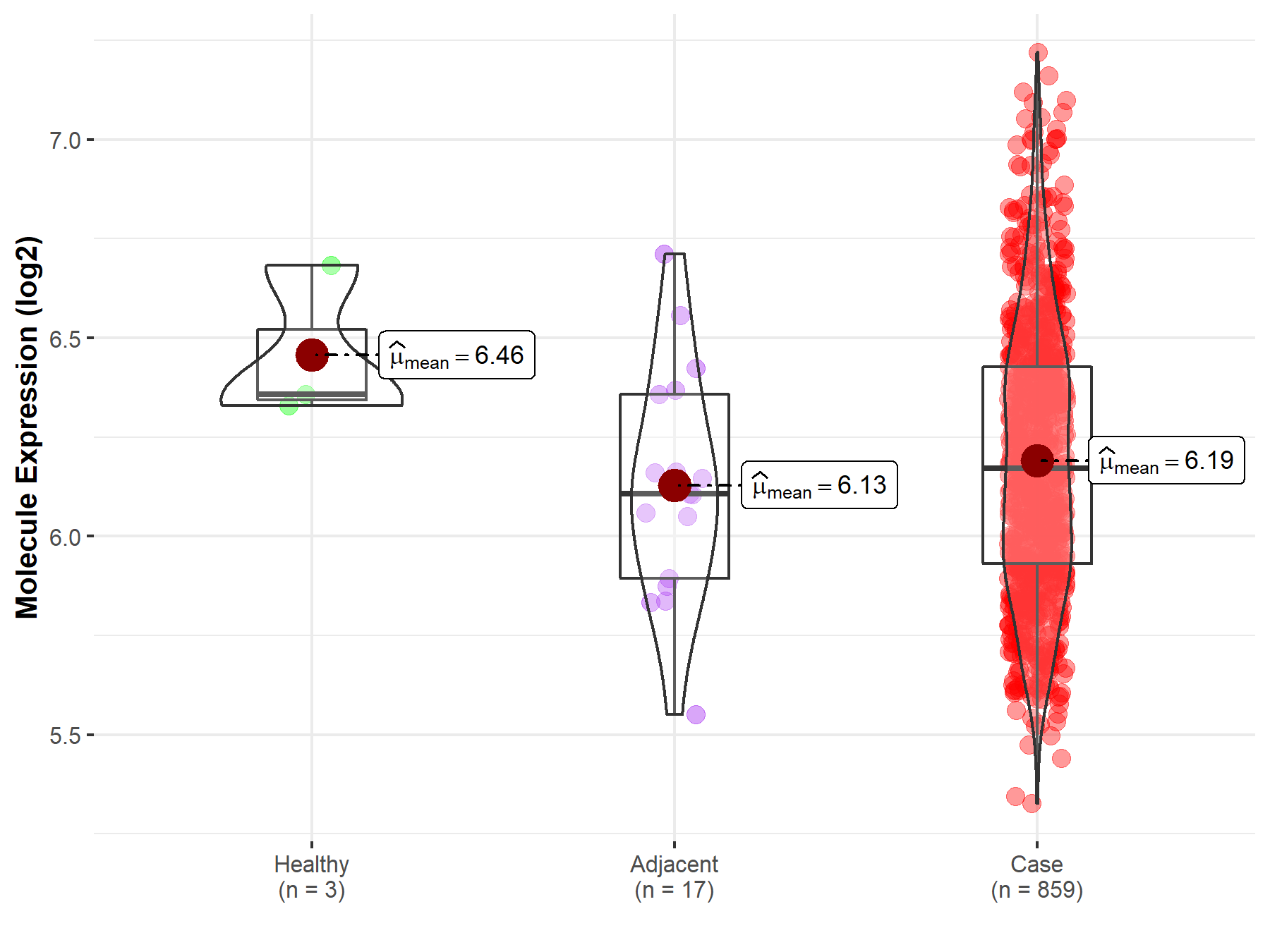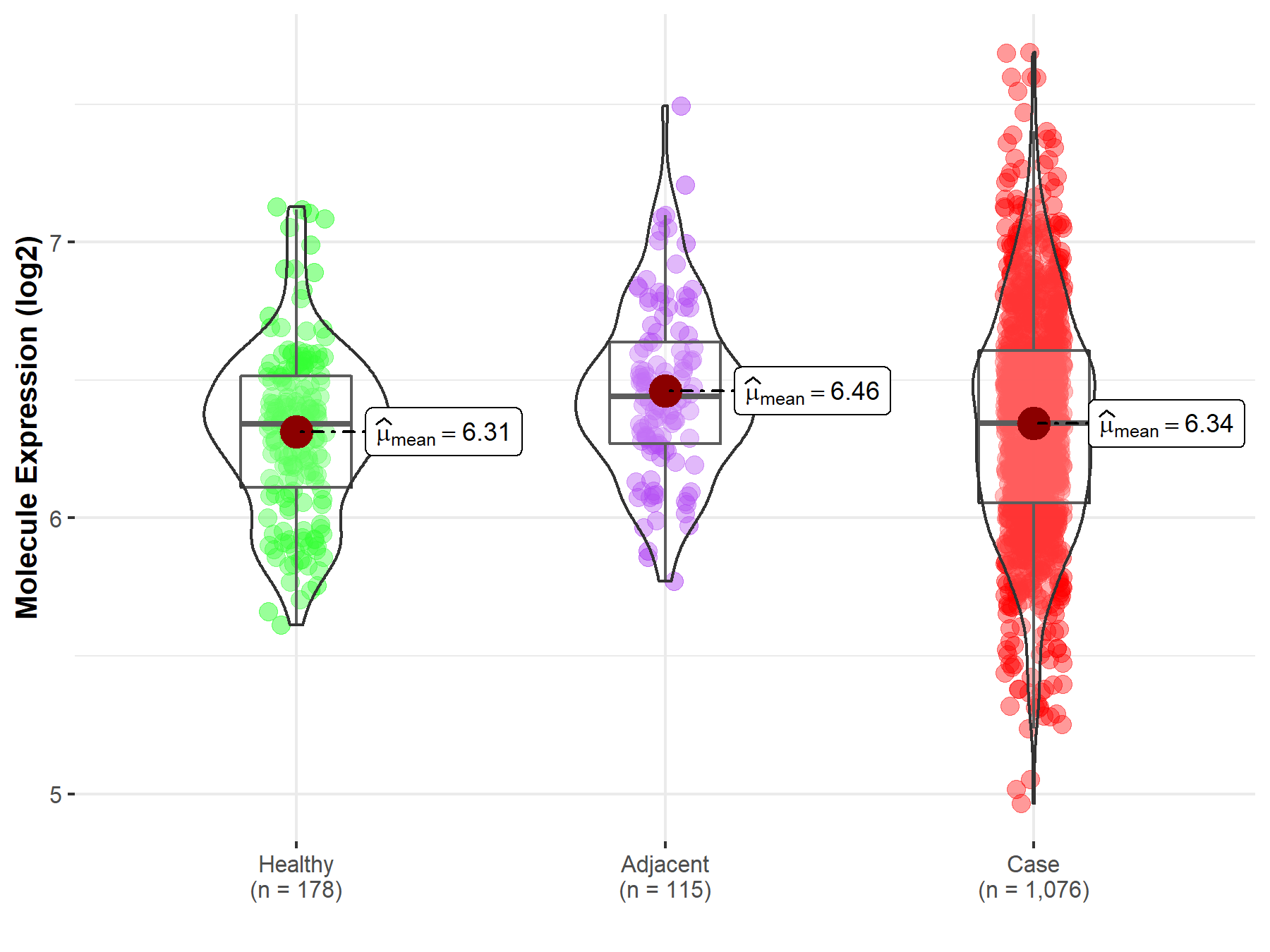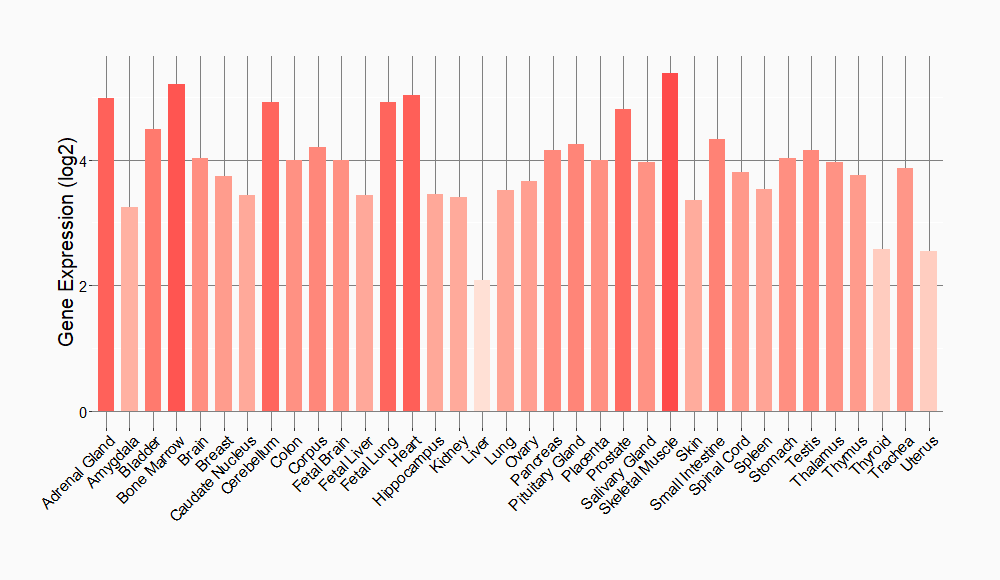Molecule Information
General Information of the Molecule (ID: Mol00112)
| Name |
Myocyte-specific enhancer factor 2D (MEF2D)
,Homo sapiens
|
||||
|---|---|---|---|---|---|
| Molecule Type |
Protein
|
||||
| Gene Name |
MEF2D
|
||||
| Gene ID | |||||
| Location |
chr1:156463727-156500779[-]
|
||||
| Sequence |
MGRKKIQIQRITDERNRQVTFTKRKFGLMKKAYELSVLCDCEIALIIFNHSNKLFQYAST
DMDKVLLKYTEYNEPHESRTNADIIETLRKKGFNGCDSPEPDGEDSLEQSPLLEDKYRRA SEELDGLFRRYGSTVPAPNFAMPVTVPVSNQSSLQFSNPSGSLVTPSLVTSSLTDPRLLS PQQPALQRNSVSPGLPQRPASAGAMLGGDLNSANGACPSPVGNGYVSARASPGLLPVANG NSLNKVIPAKSPPPPTHSTQLGAPSRKPDLRVITSQAGKGLMHHLTEDHLDLNNAQRLGV SQSTHSLTTPVVSVATPSLLSQGLPFSSMPTAYNTDYQLTSAELSSLPAFSSPGGLSLGN VTAWQQPQQPQQPQQPQPPQQQPPQPQQPQPQQPQQPQQPPQQQSHLVPVSLSNLIPGSP LPHVGAALTVTTHPHISIKSEPVSPSRERSPAPPPPAVFPAARPEPGDGLSSPAGGSYET GDRDDGRGDFGPTLGLLRPAPEPEAEGSAVKRMRLDTWTLK Click to Show/Hide
|
||||
| Function |
Transcriptional activator which binds specifically to the MEF2 element, 5'-YTA[AT](4)TAR-3', found in numerous muscle-specific, growth factor- and stress-induced genes. Mediates cellular functions not only in skeletal and cardiac muscle development, but also in neuronal differentiation and survival. Plays diverse roles in the control of cell growth, survival and apoptosis via p38 MAPK signaling in muscle-specific and/or growth factor-related transcription. Plays a critical role in the regulation of neuronal apoptosis (By similarity).
Click to Show/Hide
|
||||
| Uniprot ID | |||||
| Ensembl ID | |||||
| HGNC ID | |||||
| Click to Show/Hide the Complete Species Lineage | |||||
Type(s) of Resistant Mechanism of This Molecule
Drug Resistance Data Categorized by Drug
Approved Drug(s)
2 drug(s) in total
| Drug Sensitivity Data Categorized by Their Corresponding Mechanisms | ||||
|
|
||||
| Disease Class: Non-small cell lung cancer | [1] | |||
| Sensitive Disease | Non-small cell lung cancer [ICD-11: 2C25.Y] | |||
| Sensitive Drug | Cisplatin | |||
| Molecule Alteration | Expression | Down-regulation |
||
| Experimental Note | Identified from the Human Clinical Data | |||
| Cell Pathway Regulation | Caspase-3 signaling pathway | Activation | hsa04210 | |
| Cell proliferation | Inhibition | hsa05200 | ||
| In Vitro Model | A549 cells | Lung | Homo sapiens (Human) | CVCL_0023 |
| NCI-H522 cells | Lung | Homo sapiens (Human) | CVCL_1567 | |
| Experiment for Molecule Alteration |
Western blot analysis | |||
| Experiment for Drug Resistance |
MTT assay; LDH assay; Flow cytometric analysis | |||
| Mechanism Description | Overexpression of miR1244 suppressed cell viability and increased LDH toxicity in cisplatin-treated A549 and NCI-H522 cells and induced the apoptosis of cisplatin-treated A549 and NCI-H522 cells. Overexpression of miR1244 promoted caspase-3 activity and p53 and Bax protein expression, and suppressed MEF2D and cyclin D1 protein expression in cisplatin treated A549 and NCI-H522 cells. | |||
| Drug Sensitivity Data Categorized by Their Corresponding Mechanisms | ||||
|
|
||||
| Disease Class: Gastric cancer | [2] | |||
| Sensitive Disease | Gastric cancer [ICD-11: 2B72.1] | |||
| Sensitive Drug | Doxorubicin | |||
| Molecule Alteration | Expression | Up-regulation |
||
| Experimental Note | Revealed Based on the Cell Line Data | |||
| Cell Pathway Regulation | Cell apoptosis | Activation | hsa04210 | |
| miR422a/MEF2D signaling pathway | Regulation | hsa05206 | ||
| In Vitro Model | MGC-803 cells | Gastric | Homo sapiens (Human) | CVCL_5334 |
| SGC7901 cells | Gastric | Homo sapiens (Human) | CVCL_0520 | |
| BGC823 cells | Gastric | Homo sapiens (Human) | CVCL_3360 | |
| GES-1 cells | Gastric | Homo sapiens (Human) | CVCL_EQ22 | |
| NCI-N87 cells | Gastric | Homo sapiens (Human) | CVCL_1603 | |
| In Vivo Model | Nude mouse xenograft model | Mus musculus | ||
| Experiment for Molecule Alteration |
RT-qPCR | |||
| Experiment for Drug Resistance |
MTT assay; Flow cytometry assay | |||
| Mechanism Description | MEF2D expression markedly inhibited BGC823 cell proliferation and migration and invasion and enhanced the sensitivity of gastric cancer cells to chemotherapy. | |||
Disease- and Tissue-specific Abundances of This Molecule
ICD Disease Classification 02

| Differential expression of molecule in resistant diseases | ||
| The Studied Tissue | Gastric tissue | |
| The Specified Disease | Gastric cancer | |
| The Expression Level of Disease Section Compare with the Healthy Individual Tissue | p-value: 1.42E-01; Fold-change: -1.87E-01; Z-score: -9.54E-01 | |
| The Expression Level of Disease Section Compare with the Adjacent Tissue | p-value: 3.98E-01; Fold-change: 6.47E-02; Z-score: 2.22E-01 | |
|
Molecule expression in the normal tissue adjacent to the diseased tissue of patients
Molecule expression in the diseased tissue of patients
Molecule expression in the normal tissue of healthy individuals
|
||
| Disease-specific Molecule Abundances |

|
Click to View the Clearer Original Diagram |
| Differential expression of molecule in resistant diseases | ||
| The Studied Tissue | Lung | |
| The Specified Disease | Lung cancer | |
| The Expression Level of Disease Section Compare with the Healthy Individual Tissue | p-value: 2.59E-01; Fold-change: 2.67E-03; Z-score: 8.77E-03 | |
| The Expression Level of Disease Section Compare with the Adjacent Tissue | p-value: 2.28E-04; Fold-change: -9.71E-02; Z-score: -3.15E-01 | |
|
Molecule expression in the normal tissue adjacent to the diseased tissue of patients
Molecule expression in the diseased tissue of patients
Molecule expression in the normal tissue of healthy individuals
|
||
| Disease-specific Molecule Abundances |

|
Click to View the Clearer Original Diagram |
Tissue-specific Molecule Abundances in Healthy Individuals


|
||
References
visits since 2022
If you find any error in data or bug in web service, please kindly report it to Dr. Sun and Dr. Zhang.
